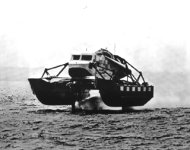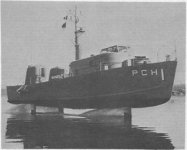hardee
New member
- Joined
- Oct 30, 2006
- Messages
- 12,637
- Reaction score
- 2
- C Dory Year
- 2005
- C Dory Model
- 22 Cruiser
- Hull Identification Number
- Brat # 2202
- Vessel Name
- Sleepy-C
Got to cruising on U-Tube and found a fuel efficient, fast and wakeless B-Boat. Check it out here:
http://www.youtube.com/watch?v=w54-OEWu ... re=related
Turns out it isn't too far from here (PNW) at Vashon Island.
Harvey
SleepyC :moon
http://www.youtube.com/watch?v=w54-OEWu ... re=related
Turns out it isn't too far from here (PNW) at Vashon Island.
Harvey
SleepyC :moon


